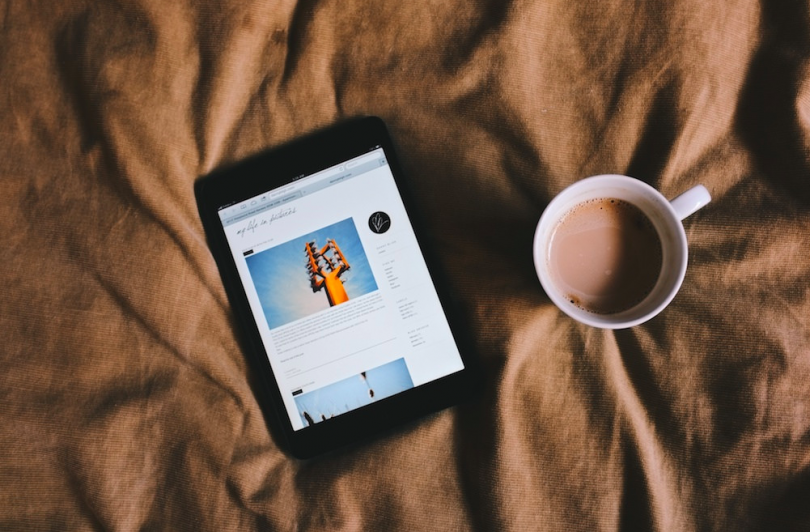What makes a Melburnian?
Recently, my classmates and I set out to unpack the “Melburnian” persona; to determine the complex needs, wants and values behind this species of so-called urbanites.
Mostly, this resulted in the creation of a public transport loathing, craft beer drinking, cosmopolitan millennial who uses Tinder regularly.
But when catching the train to work and university this week, I made a conscious effort to look at the commuters around me, vying for a seat on the peak-hour Upfield line.
When ordering a meal at an inner-city restaurant a few days ago, I made the same observation. And on the weekend, while queuing for a drink at a popular bar in my suburb, I thought once again about the typecast my class had created.
Funnily enough, I wasn’t surrounded by a suit-clad cluster of young professionals flicking feverishly through Twitter at any of these moments.
Instead, I was sharing my train seat with a mother and daughter from Africa. I was receiving my pasta from the gentle grip of an Italian waiter. And I was rubbing shoulders with a group of European travellers, waiting patiently in line for a pot of Brunswick Bitter.
Have we got our “Melburnian” wrong?
Last week, I found myself mid-conversation with Catherine Holmes, a young Scottish traveller working in a West Melbourne bar. Holmes is here on a tourist visa, but she’s not sure how long she’ll remain in the city.
She likes Melbourne, especially the melting pot that is the city’s north-western fringe. But she’s got no promise of long-term work, or a permanent visa. She’s in constant limbo, but is happy jumping from job to job.
“I don’t really know how long I’ll be here for,” she told me, while pouring pints of Guinness for a group of tradesmen who frequent the bar she’s currently manning.
“Before this, I had a job in Adelaide at the Fringe Festival, working for a friend. I’m not sure what I’ll do next.”
Like hundreds of others, Holmes is part of a burgeoning wave of Melburnians; a group that identifies somewhere in-between holidaymaker and permanent citizen.
And she’s not alone. She says her colleague is from New Zealand, and the house she’s currently living in is full of internationals, who’s ticket into Melbourne was also the 417 visa.
The words Melbourne and multicultural are synonymous. And this is something most of the city’s natives will happily brag about. Yet, when curating our archetypal Melburnian, and considering how they might engage with local news and current affairs, the city’s temporary residents – it’s tourists, working holidaymakers and international students, were somewhat forgotten.
Speaking to Holmes confirmed this suspicion. She’s been in Melbourne for almost four months, but she’s felt no real desire to connect with a local news platform, despite keeping abreast with happenings in her motherland via BBC online.
A conversation with a group of international students in one of my university classes lead to a similar conclusion: Melbourne’s community of temporary migrants aren’t that interested in our news.
According to the Australian Bureau of Statistics, Melbourne has opened its doors to 441,000 international students this year – 11 per cent more than last year. Eighty per cent of these students are from Asia. This is a huge community by any means.
One of the students I spoke to was from China, the others were Malaysian. And just like Catherine, none of them have tuned into local news since arriving in Australia.
Why? Because it doesn’t resonate with them. They don’t see themselves in it.
So while we think we know our specialty coffee slurping, fixie bike riding, white collar working demographic, the task of defining a “Melburnian news consumer” reminded me that as journalists, we need to think beyond audience stereotypes when creating news for our city to consume.
Because there’s more to Melbourne than it’s semi-gentrified exterior suggests. It’s magically multicultural, and its inhabitants will forever be in a constant state of flux. When creating news, this is something we cannot forget.
Image via Flickr.



